ECG Blog #382 — What Does the Holter Show?
Ken Grauer, MD
JUNE 2, 2023
I was sent the Holter monitor tracing in Figure-1 — but without the benefit of any clinical information. QUESTIONS: A total of 9 QRS complexes are seen in the 2 simultaneously-recorded monitoring leads. How would YOU interpret the rhythm in Figure-1 ? How many P waves do you see? Why do the QRS complexes of beats #4 and 5 in the bottom lead look different than the other 7 beats?











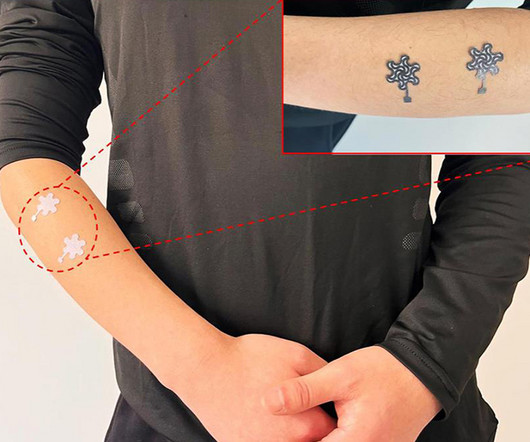








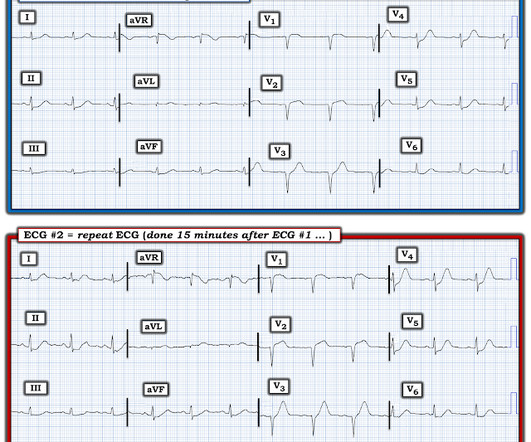

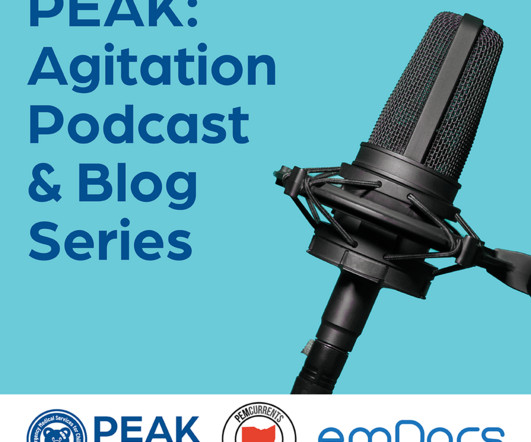

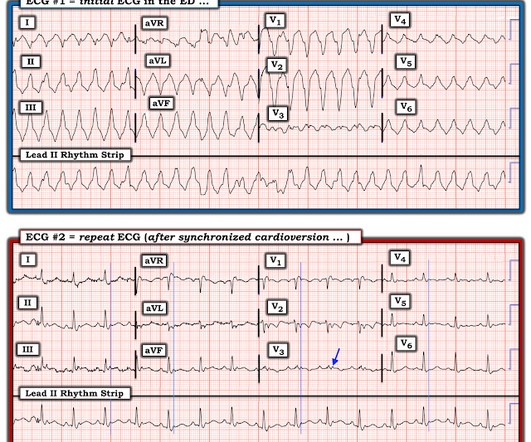

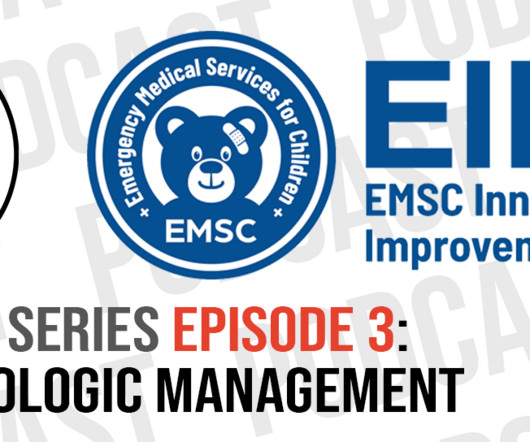





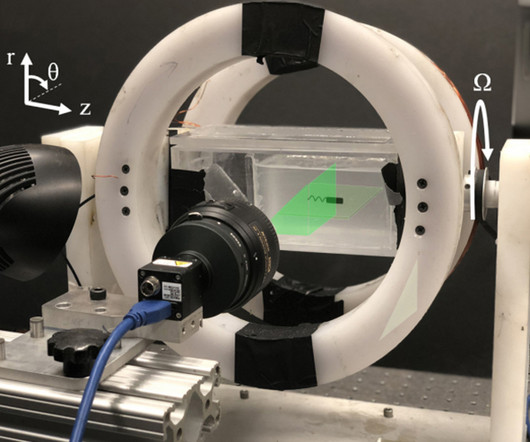


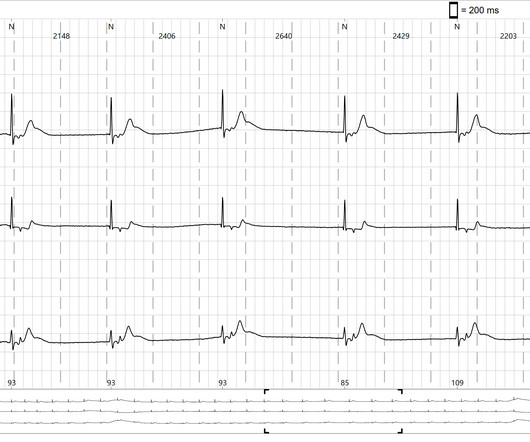








Let's personalize your content